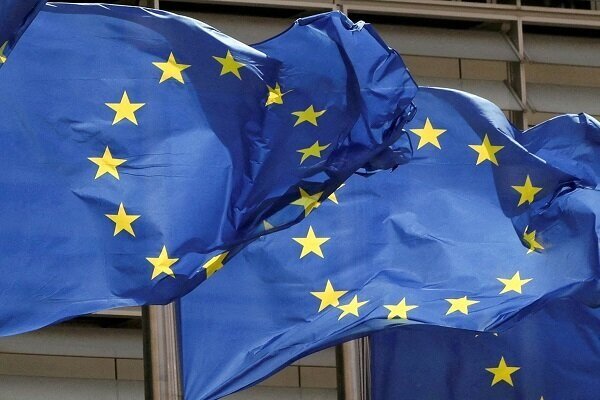EU inflation reached 2.2 percent

reported by Mehr News Agency, according to the statistics of the European Union Statistics Agency (Eurostat) on Friday, the inflation rate of the 20 member countries of this union is from 2.6 percent in July decreased to 2.2% in August; At the same time, the inflation rate in Germany, the largest economy in the Eurozone, reached 2%.
Reviews show that in August, energy prices in the European Union decreased by an average of 3%, and this helped to reduce the overall inflation figure.
EU inflation is currently close to the European Central Bank’s target of 2 percent, a level considered the best for the economy. According to the treaty that established the European Union, the central bank is obliged to keep prices stable.
Economists expect the European Central Bank to cut interest rates by a quarter of a point from 3.75 percent at its September 12 meeting, while the Federal Reserve will cut interest rates at its September 17-18 policy meeting. It will reduce the interest rate from the 23-year high of 5.25 to 5.5 percent.
According to economists, Germany’s lower inflation figure will tip the balance towards interest rate cuts in September. Economists warn that the downward path to 2 percent may still be bumpy. The European Central Bank has said that it expects inflation to fluctuate in the future, but will fall to its target by the end of next year.
Central banks to deal with a surge in inflation caused by rising energy prices after Russia’s invasion of Ukraine and by blocking parts and raw material supply chains as the global economy recovers from the pandemic corona, sharply increased interest rates. Higher rates can curb inflation by making it more expensive to borrow and buy goods, reducing demand for goods and thus putting downward pressure on prices.
European inflation is now much lower than the 10.6% it reached in October 2022; But higher rates can also affect growth, and these concerns have been raised in both Europe and the US, where unemployment is low in both economies, with central banks wary of keeping rates high for too long and seeing people lose out.
The Eurozone grew by only 0.3% in the second quarter. High rates have eroded Europe’s multi-year house price gains and reduced lending to consumers and businesses, while complicating financing decisions for new renewable energy projects that are highly sensitive to interest rates.
The European Central Bank made its first interest rate cut in June, then paused in July and has since been waiting for confirmation that the ground is ripe for further cuts.
style=”text-align:justify”>


